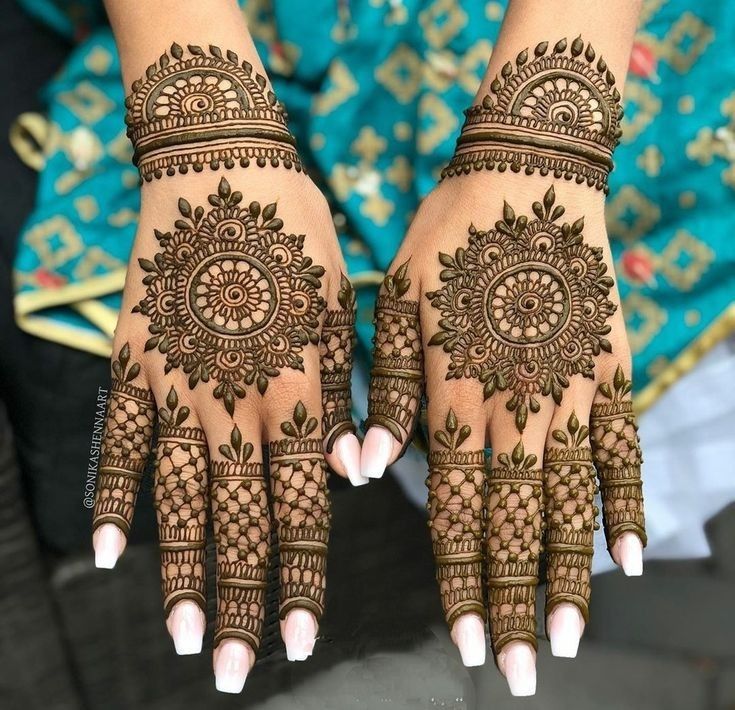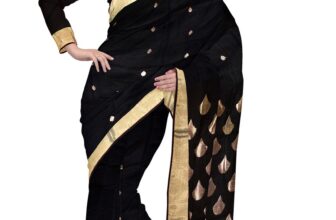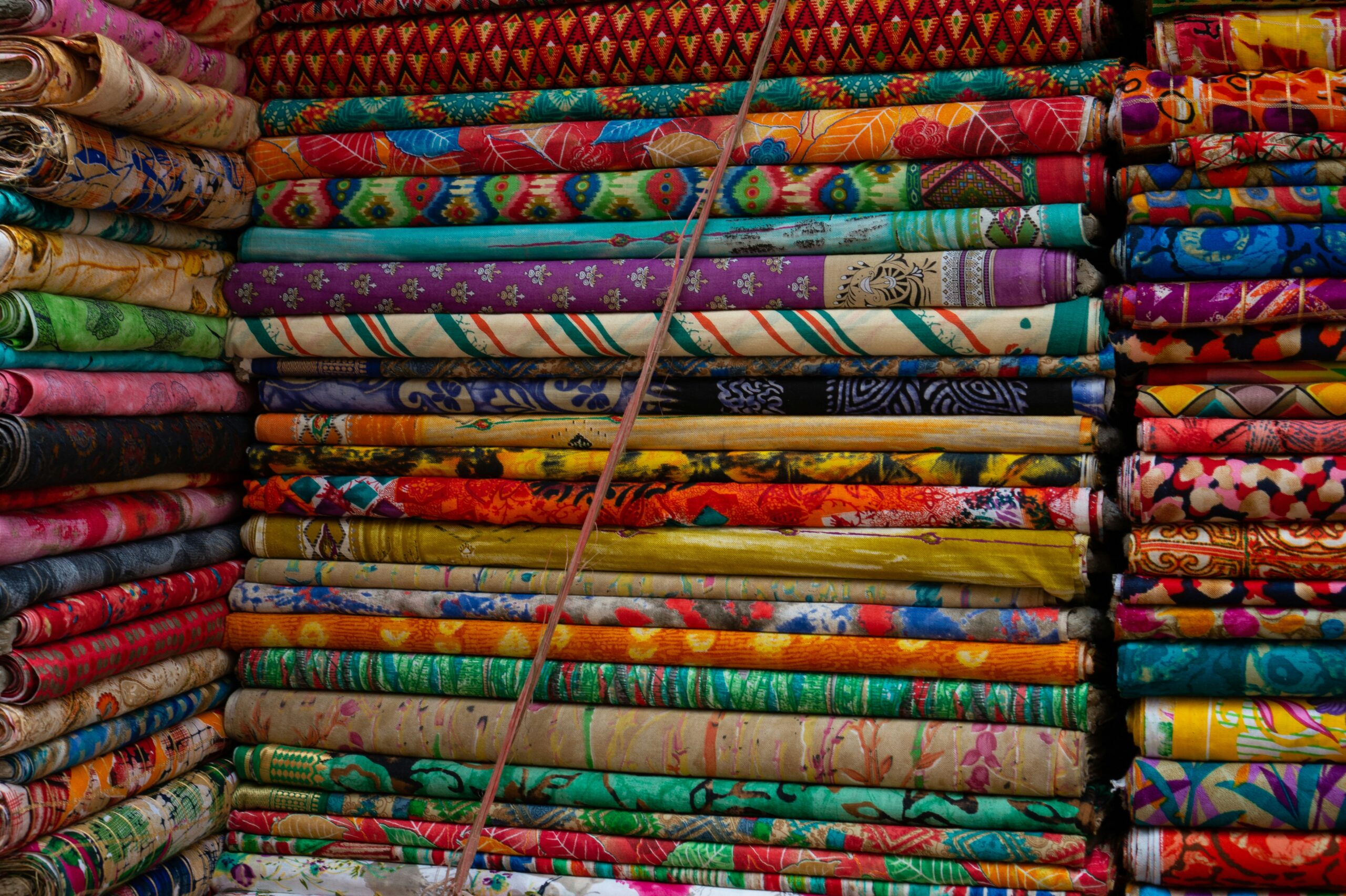
In the world of art and self-expression, Mehndi stands out as a timeless tradition that has been weaving its magic for centuries. Henna, derived from the leaves of the henna plant, has been used to create intricate designs on the skin, leaving behind not just beautiful patterns but also telling stories that resonate with culture, tradition, and personal narratives. This blog delves into the craft of Henna, exploring Mehndi designs that go beyond mere adornment and truly tell a story.
Roots of Mehndi Artistry
To truly appreciate the storytelling aspect of Mehndi, it’s essential to understand its roots. Mehndi, or henna tattooing, has a rich history across various cultures, including Indian, Middle Eastern, and North African traditions. The intricate patterns have long been associated with celebrations, rituals, and rites of passage. In this section, we explore the historical significance of Mehndi and how it has evolved into an art form that communicates cultural narratives.
Symbolism in Mehndi Designs
Mehndi designs are not just random patterns; they are laden with symbolism. From auspicious symbols that bring good luck to motifs representing fertility, love, and prosperity, each element in Mehndi tells a unique story. This section decodes the symbolism behind common Mehndi patterns, revealing the hidden tales that these designs carry.
Bridal Mehndi – A Story of Love and Union
One of the most significant chapters in the Mehndi story is the Bridal Mehndi. For brides, Mehndi is not just a form of body art; it’s a representation of love, union, and the beginning of a new chapter. This section explores the intricate designs that adorn the hands and feet of brides, discussing the symbols and motifs that narrate the story of their journey to matrimony.
Mehndi Across Cultures
While Mehndi is often associated with Indian weddings, its storytelling prowess transcends borders. In this section, we take a global journey to explore how different cultures incorporate Mehndi into their traditions. From Moroccan henna ceremonies to Middle Eastern celebrations, Mehndi designs adapt to diverse narratives, reflecting the unique stories of each culture.
Contemporary Mehndi – Personal Narratives on Skin
In the contemporary world, Mehndi has become a canvas for personal expression. Beyond cultural and traditional motifs, people use Mehndi to tell their own stories. This section delves into the evolving nature of Mehndi as a form of self-expression, showcasing how individuals use henna to commemorate milestones, express emotions, and share their personal narratives.
Mehndi, with its roots deeply embedded in tradition, has evolved into a versatile art form that continues to tell stories across cultures and generations. From ancient rituals to modern self-expression, Mehndi designs have a unique ability to capture and communicate narratives on the canvas of the skin. As we continue to celebrate the craft of Henna, we realize that every front hand Mehndi design is not just an adornment but a chapter in the ongoing story of human expression.






